home > articles > Theology > Examining The Creeds of Christianity
COMPARING THE CREEDS
The Doctrine of Perspicuity says that God has given mankind His message in the Scriptures which can be clearly understood. That is, if a person was just to read the Bible they would understand its message. But there is a counter-doctrine known as the Doctrine of Perspicacity which says that mankind’s sinful heart will always tend to distort what God is clearly saying. This is why the formation of Creeds was both necessary and possible. Each of these creeds refer to the ‘catholic’ church. It’s important to note that the formulators of these creeds were not producing denominational statements of faith. They saw their role as formulating universally applicable statements of true doctrine for all Christians so that false doctrines could be readily identified. Thus, ‘catholic’ in this original sense does not mean Roman Catholic, but universal.
At the establishment of the Church in the first century, copies of the Scriptures were not readily available. The truth of Scripture was encapsulated into short memorable sayings known as creeds. There are traces of these credal statements to be found in the New Testament. Examples include, First Corinthians 15:3-4, First Timothy 1:15, Second Timothy 2:11, and Titus 3:4-7.
The word creed comes from the Latin, credo which means “I believe.” A Creed is therefore a statement of belief.
There are Four Classic (Ecumenical) Creeds of the Christian Church: The Apostles’ Creed, The Nicene Creed, The Athanasian Creed, and The Chalcedon (pronounced Kalsedon) Creed. These Creeds have been universally accepted by all branches of the Church, Protestants, Roman Catholics, and Eastern Orthodox (with the exception of the Chalcedon Creed which the Orthodox Church does not accept).
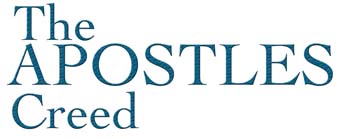 One of the most ancient creeds of the Church is the Apostles’ Creed. It probably originated around the eighth century and was purported to be the work of the original apostles. It is by far the most ecumenical of the four ancient creeds of the Church.
One of the most ancient creeds of the Church is the Apostles’ Creed. It probably originated around the eighth century and was purported to be the work of the original apostles. It is by far the most ecumenical of the four ancient creeds of the Church.
| I believe… in God the Father Almighty, Maker of heaven and earth, |
|
| And in Jesus Christ, his only Son, our Lord; who was conceived by the Holy Ghost; |
* ‘descended into hell’ was an expression emphasising that Christ was physically dead, not that He had to complete the work of salvation by wrestling with the Devil in hell as some have incorrectly taught. |
| born of the virgin Mary; suffered under Pontius Pilate; was crucified, dead, and buried; he descended into hell; the third day he rose again from the dead; |
|
| he ascended into heaven, and sits at the right hand of God the Father Almighty; from whence he shall come to judge the living and the dead. |
|
the Holy Ghost. |
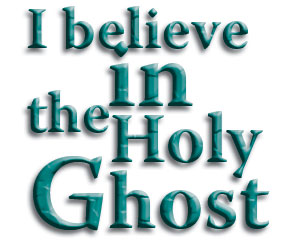 |
| the holy catholic church; the communion of saints; |
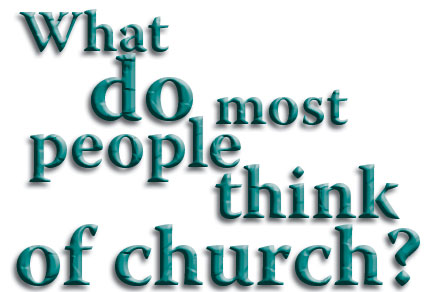 |
| the forgiveness of sins; |
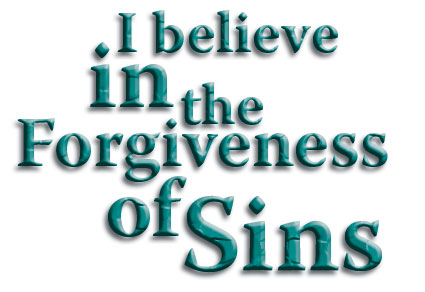 |
and the life everlasting. Amen. |
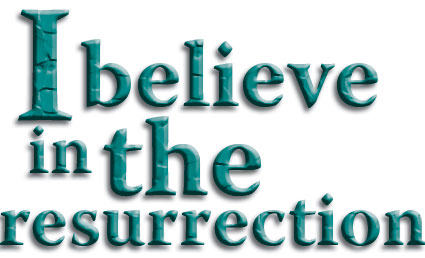 |
THE NICENE CREED
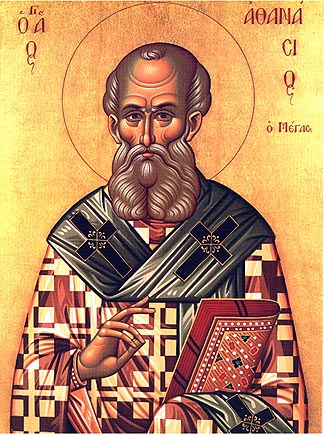
An iconic depiction of Athanasius
The Nicene Creed grew out of what became known as the Arian controversy. Arius, a North African priest, began promoting the view that Christ was not eternal. About 311-12, he was excommunicated for this and other beliefs. Yet, his views gained popularity. In AD 325 Arius was condemned in a church council meeting in Antioch. Emperor Constantine then convened the first legal church council meeting to resolve the conflict. This was the council of Nicaea (in modern Turkey). Present during this council meeting was Athanasius, who was to become the greatest apologetic voice against Arius. From that council meeting emerged the following creed-
WE BELIEVE in one God, the Father Almighty, Maker of heaven and earth, and of all things visible and invisible;
And in one Lord Jesus Christ, the only-begotten Son of God, begotten of the Father before all worlds, God of God, Light of Light, Very God of Very God, begotten, not made, being of one substance with the Father, by whom all things were made; who for us men, and for our salvation, came down from heaven, and, was incarnate by the Holy Spirit of the Virgin Mary, and was made man, and was crucified also for us under Pontius Pilate. He suffered and was buried, and the third day he rose again according to the Scriptures, and ascended into heaven, and sitteth on the right hand of the Father. And he shall come again with glory to judge both the quick and the dead, whose kingdom shall have no end.
And we believe in the Holy Spirit, the Lord and Giver of Life, who proceedeth from the Father and the Son, who with the Father and the Son together is worshipped and glorified, who spoke by the prophets. And we believe one holy catholic and apostolic Church. We acknowledge one baptism for the remission of sins. And we look for the resurrection of the dead, and the life of the world to come. Amen.
THE ATHANASIAN CREED
Like the Apostles’ Creed, this probably was not actually written by Athanasius. The earliest trace of this creed that we have is in the sixth century, where it was used in a sermon. It presents a very clear statement of orthodox Christianity. Because of its content it is very easy to see why it was accepted as being from Athanasius. However, he wrote in Greek. This creed was formulated in Latin. Also none of Athanasius’ favourite words, which were peculiar to him, appear in this creed.
In recent times, the church has rested upon the formulation of these ancient creeds. As the spiritual condition of the church declined, the need progressively arose to state fresh declarations of belief as God reformed His church. One of the most encompassing creeds is the Westminster Confession of Faith, written by Cornelius Burges in 1646. It includes statements in a concise form on just about every area of theology and church life. While this is mainly embraced by Presbyterians, many other Christians align themselves to it.Today, most churches or movements publish a statement of beliefs as a matter of course. As with these ancient creeds, all orthodox churches base their statements on the Bible. Our ultimate creed is the Bible itself. But back in the days when the common person could not afford a Bible, creeds formed a major part in the articulating of what a person needed to believe to be a Christian.
Whoever desires to be saved should above all hold to the catholic faith.
Anyone who does not keep it whole and unbroken will doubtless perish eternally.
Now this is the catholic faith:
That we worship one God in trinity and the trinity in unity,
neither blending their persons
nor dividing their essence.
For the person of the Father is a distinct person,
the person of the Son is another,
and that of the Holy Spirit still another.
But the divinity of the Father, Son, and Holy Spirit is one,
their glory equal, their majesty coeternal.
What quality the Father has, the Son has, and the Holy Spirit has.
The Father is uncreated,
the Son is uncreated,
the Holy Spirit is uncreated.
The Father is immeasurable,
the Son is immeasurable,
the Holy Spirit is immeasurable.
The Father is eternal,
the Son is eternal,
the Holy Spirit is eternal.
And yet there are not three eternal beings;
there is but one eternal being.
So too there are not three uncreated or immeasurable beings;
there is but one uncreated and immeasurable being.
Similarly, the Father is almighty,
the Son is almighty,
the Holy Spirit is almighty.
Yet there are not three almighty beings;
there is but one almighty being.
Thus the Father is God,
the Son is God,
the Holy Spirit is God.
Yet there are not three gods;
there is but one God.
Thus the Father is Lord,
the Son is Lord,
the Holy Spirit is Lord.
Yet there are not three lords;
there is but one Lord.
Just as Christian truth compels us
to confess each person individually
as both God and Lord,
so catholic religion forbids us
to say that there are three gods or lords.
The Father was neither made nor created nor begotten from anyone.
The Son was neither made nor created;
he was begotten from the Father alone.
The Holy Spirit was neither made nor created nor begotten;
he proceeds from the Father and the Son.
Accordingly there is one Father, not three fathers;
there is one Son, not three sons;
there is one Holy Spirit, not three holy spirits.
Nothing in this trinity is before or after,
nothing is greater or smaller;
in their entirety the three persons
are coeternal and coequal with each other.
So in everything, as was said earlier,
we must worship their trinity in their unity
and their unity in their trinity.
Anyone then who desires to be saved
should think thus about the trinity.
But it is necessary for eternal salvation
that one also believe in the incarnation
of our Lord Jesus Christ faithfully.
Now this is the true faith:
That we believe and confess
that our Lord Jesus Christ, God’s Son,
is both God and human, equally.
He is God from the essence of the Father,
begotten before time;
and he is human from the essence of his mother,
born in time;
completely God, completely human,
with a rational soul and human flesh;
equal to the Father as regards divinity,
less than the Father as regards humanity.
Although he is God and human,
yet Christ is not two, but one.
He is one, however,
not by his divinity being turned into flesh,
but by God’s taking humanity to himself.
He is one,
certainly not by the blending of his essence,
but by the unity of his person.
For just as one human is both rational soul and flesh,
so too the one Christ is both God and human.
He suffered for our salvation;
he descended to hell;
he arose from the dead;
he ascended to heaven;
he is seated at the Father’s right hand;
from there he will come to judge the living and the dead.
At his coming all people will arise bodily
and give an accounting of their own deeds.
Those who have done good will enter eternal life,
and those who have done evil will enter eternal fire.
This is the catholic faith:
one cannot be saved without believing it firmly and faithfully.
THE CHALCEDON CREED
The Church’s next doctrinal struggle came when there were people who accepted that Christ was God, but failed to appreciate the He was also man. Some held that at the point of incarnation He lost all His deity and became man. Others believed that he never became truly human.
Emperor Marcion ordered a council to resolve the conflict. Pope Leo wanted it to be held in Italy, but, the decision was made to have it in Chalcedon, Asia Minor. From that council meeting, the Spirit of God moved on over five hundred bishops to come to the following conclusion in AD 451 about the nature of Christ:
“to be acknowledged in two natures, inconfusedly, unchangeably, indivisibly, inseparably; the distinction of the natures being in no wise taken away by the union, but rather the property of each nature being preserved, and concurring in the one person in subsistence, not parted or divided into two persons”.
The Chalcedon Council recognised that Christ was both God and Man but was only one Person. (Theologians refer to this as the Hypostatic Union of Christ). They admitted that this was a mystery which they were unable to fully explain.
Therefore, following the holy fathers, we all with one accord teach men to acknowledge one and the same Son, our Lord Jesus Christ, at once complete in Godhead and complete in manhood, truly God and truly man, consisting also of a reasonable soul and body; of one substance with the Father as regards his Godhead, and at the same time of one substance with us as regards his manhood; like us in all respects, apart from sin; as regards his Godhead, begotten of the Father before the ages, but yet as regards his manhood begotten, for us men and for our salvation, of Mary the Virgin, the God-bearer; one and the same Christ, Son, Lord, Only-begotten, recognized in two natures, without confusion, without change, without division, without separation; the distinction of natures being in no way annulled by the union, but rather the characteristics of each nature being preserved and coming together to form one person and subsistence, not as parted or separated into two persons, but one and the same Son and Only-begotten God the Word, Lord Jesus Christ; even as the prophets from earliest times spoke of him, and our Lord Jesus Christ himself taught us, and the creed of the fathers has handed down to us.
These creeds and confessions still serve a valuable purpose for the believer today. While the many denominations of the Christian Church may give the initial impression that the Church is divided, these ancient Creeds remind us that we have more in common than what divides us. After the Reformation, a number of Confessions were formulated to respond to what was viewed as the various unbiblical doctrines which had been invented by the Roman Catholic Church (including Purgatory, Indulgences, sacerdotalism, the veneration of Mary, the deification of dead Christians incorrectly distinguished as “saints”). In more recent times Pentecostals have generally included in their statements of faith belief in the present reality of the charismatic gifts of the Holy Spirit. There is nothing in any of the ancient creeds which controverts these statements by Pentecostals. However, in the twentieth century a movement known as ‘Fundamentalism’ arose which incorporated a novel belief in a ‘rapture’ as a stage of Christ’s return. This is clearly controverted by the ancient creeds which all regarded Christ’s return to judge the living and the dead as coinciding with the physical resurrection and the beginning of eternal bliss.
© Dr. Andrew Corbett,
Legana Tasmania
https://www.findingtruthmatters.org
RELATED ARTICLES:
Different Ideas About When God Began Creation
This article may be copied and distributed if due credit is given to the author, the article is not altered, and the website- https://www.findingtruthmatters.org – is hyperlinked or referenced.
-
Sale!
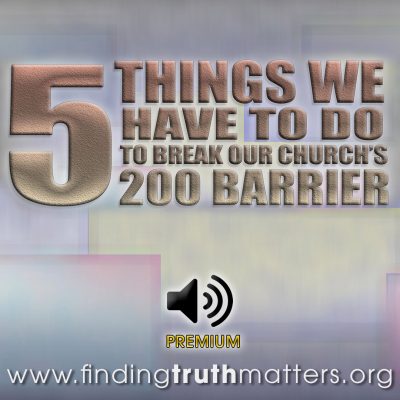
5 Things We Need To Do To Break Our Church’s 200 Barrier, Premium Audio
Original price was: $1.75.$0.95Current price is: $0.95. -
Sale!

A Morning With Izaak Walton – The Compleat Man, Premium Audio
Original price was: $1.75.$1.25Current price is: $1.25. -
Sale!
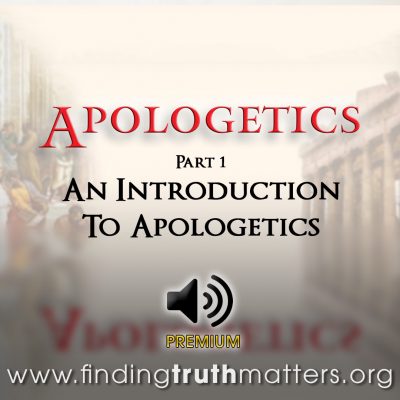
Apologetics Part 1 – Introduction To Apologetics, Premium Audio
Original price was: $1.75.$0.95Current price is: $0.95. -
Sale!
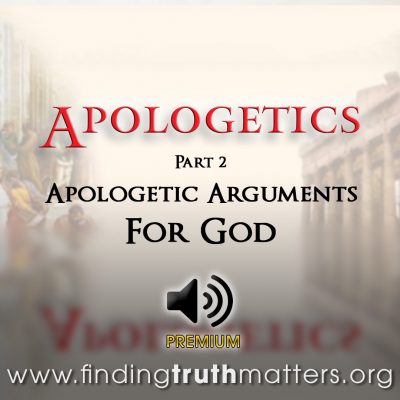
Apologetics Part 2 – The Apologetic Arguments For God, Premium Audio
Original price was: $1.75.$0.95Current price is: $0.95.
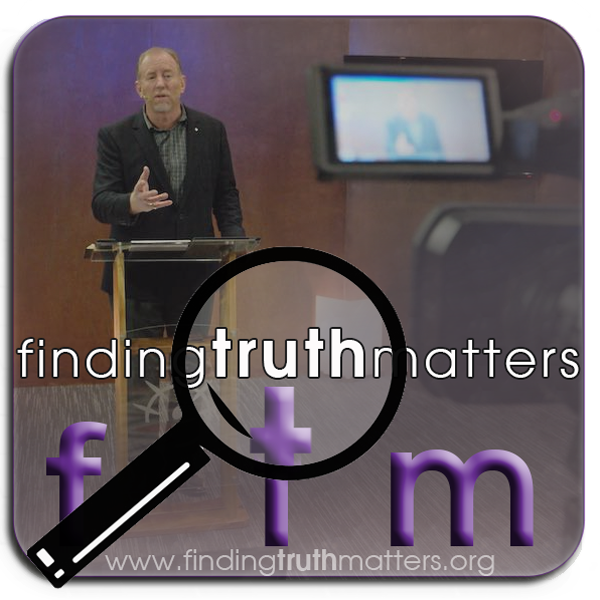





































0 Comments